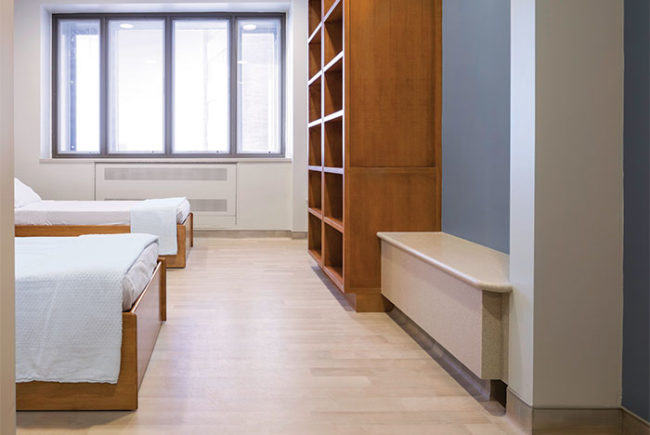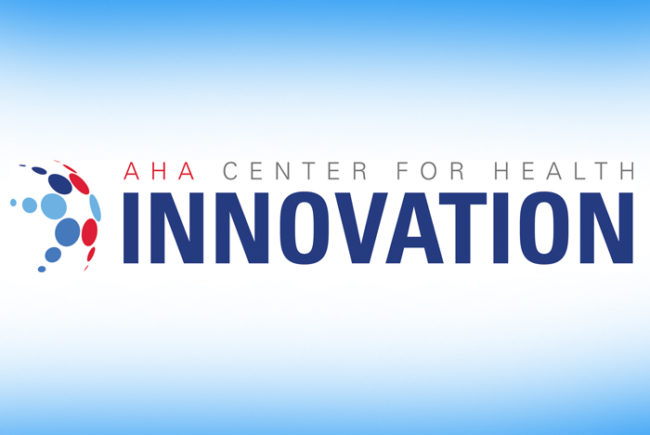Joint Commission launches online violence prevention center
The Joint Commission launched an online resource center dedicated to preventing workplace violence in health care settings. The resource center, “Workplace Violence Prevention Resources,” provides a broad range of resources for health care organizations, health care professionals and the general public.
The Joint Commission developed the resource center in response to statistics showing a higher rate of workplace violence in health care compared with that of other settings, as well as the request of accredited organizations and committee members who have stressed the need for resources to help mitigate workplace violence in health care. In fact, 75 percent of respondents to the recently released 2016 Hospital Security Survey say that maintaining security has become more challenging during the past two years.
The center’s resources include easy-to-access policies, procedures, guidelines, research, case studies, white papers, toolkits and other materials. Topics span violent and criminal event preparedness and prevention, active-shooter situations that occur in the health care setting, workplace safety measures, behavioral threat management, emergency operations planning, and incivility and bullying.
The American Society for Healthcare Risk Management, a professional membership group of the American Hospital Association, also offers a Workplace Violence Risk Assessment Tool to assist in proactive security planning. The resource offers assessments to prevent violence among staff, patients and visitors.
HPOE and the Joint Commission release hospital falls prevention tool
The American Hospital Association’s (AHA) Hospitals in Pursuit of Excellence initiative and the Joint Commission Center for Transforming Healthcare released a guide to help hospitals prevent patient falls and associated injuries.
The guide describes contributing factors and solutions to prevent falls, identified by the center’s project to prevent falls with injury. The center’s Targeted Solutions Tool helps hospitals to measure and analyze the contributing factors unique to their organizations, based on 30 root causes and 21 targeted solutions. Hospitals participating in the project reduced patient falls by 35 percent and falls with injury by 62 percent. The tool is available to all Joint Commission-accredited organizations. AHA is a sponsor of the Joint Commission center.
Study: Copper alloy surfaces sustain terminal cleaning levels
A study published in the American Journal of Infection Control and authored by Grinnell College associate professor of biology Shannon Hinsa-Leasure, Ph.D., concluded that when surfaces in patient rooms are made of copper, bacterial loads do not rebound, whether the room is occupied or not.
Hinsa-Leasure’s study found that 93 percent of rooms at the Grinnell Regional Medical Center that included copper surfaces remained at or near the recommended threshold for terminal cleaning. Only 49 percent of rooms without copper surfaces met that same threshold.
“Stainless steel, plastic and wood do not have the inherent bacteria-fighting attributes of copper,” she says. “So, even the most conscientious cleaning doesn’t do the job that copper does all on its own.”
According to Hinsa-Leasure, the results demonstrate that the use of copper surfaces can protect patients from bacteria that lead to infections.
CMS awards $347 million for patient safety improvements
The Centers for Medicare & Medicaid Services (CMS) awarded $347 million to 16 national, regional and state hospital associations, quality improvement organizations, and health systems to continue efforts in reducing hospital-acquired conditions and readmissions in the Medicare program. The awards were given as part of its Hospital Improvement and Innovation Network.
According to CMS, an estimated 2.1 million fewer patients have been harmed, 87,000 lives saved, and nearly $20 billion in cost savings has been achieved from 2010 to 2014 as a result of patient safety strategies. CMS has set new, ambitious goals for the network to achieve by 2019 a 20 percent decrease in overall patient harm and a 12 percent reduction in hospital readmissions within 30 days of discharge from the 2014 baseline.
The network will focus on 11 areas, including reducing Clostridium difficile infections, injury from falls and immobility, and ventilator-associated events.
ASHE announces new executive director
The American Society for Healthcare Engineering (ASHE) of the American Hospital Association (AHA) has announced Patrick J. Andrus, MBA, CAE, as its new executive director. Andrus has worked for ASHE for 11 years and most recently has overseen ASHE operations as a deputy executive director for the society.
“I am honored and excited for the opportunity to continue working with ASHE’s board of directors, our team and dedicated members to further the work ASHE does to optimize the health care physical environment,” Andrus says. “We will be keenly focused on supporting our members with the professional development, advocacy representation, information and resources they need to face the challenges of today and the future, and to excel in their careers.”
Andrus will succeed Dale Woodin, CHFM, FASHE, who became AHA vice president for personal membership groups earlier this year.
National Weather Service surveying hospital leaders on hazard communication
The National Weather Service (NWS) is surveying hospital leaders and others as it works to improve its weather hazard messages to understand the potential impact on key partners. The survey, part of NWS’s Hazard Simplification Project, will assess the extent to which organizations in various sectors have formally incorporated NWS watches, warnings and advisories into their policies and protocols. The survey closes Oct. 31.
HHS awards funding to help protect health sector against cyber threats
The Department of Health & Human Services (HHS) has awarded cooperative agreements totaling $350,000 to strengthen the ability of health care and public health sector partners to respond to cybersecurity threats.
HHS’ Office of the National Coordinator for Health Information Technology awarded a cooperative agreement to the National Health Information Sharing and Analysis Center (NH-ISAC) to provide cybersecurity information and education on cyber threats to health care sector stakeholders. HHS’ Office of the Assistant Secretary for Preparedness and Response awarded a cooperative agreement to NH-ISAC to help build the infrastructure necessary to disseminate cyber threat information securely to health care partners.





